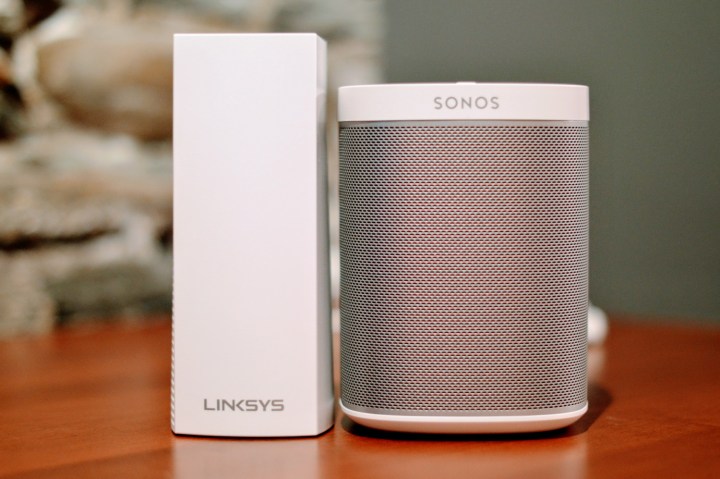
Linksys has its Velop mesh network solution and “App Enabled” routers (formerly called Smart Wi-Fi Routers) that are aimed at both covering spaces with solid wireless connectivity and offering new features as technology progresses. The company is addressing both objectives with its latest updates, due on Tuesday.
According to Dan Albertson, a Linksys senior product manager, “These two new App features have been among those most requested by our customers. Many Velop customers need the ability to configure Velop in Bridge Mode to allow them to keep their existing router or gateway from their service provider in place for other services such as voice or IPTV while leveraging Velop’s whole-home Wi-Fi coverage and performance. Parental controls scheduling has been a feature in the Linksys browser-based interface but our users have told us they need the flexibility to manage internet access schedules for their kids’ devices from the Linksys App. These are just two features among many we’ll be rolling out to the Linksys App in the coming months.”
Accordingly, the Velop whole-home mesh Wi-Fi solution is getting a new bridge mode, which will accommodate users whose internet service providers (ISPs) provide hardware that cannot be removed or replaced. For these customers, the latest update allows Velop to be configured in bridge mode and connect to an ISP-provided gateway device. The feature can be simply configured by using the Linksys app to change the connection type.
Other features that the new Bridge Mode enables include:
- Dynamic Tri-Band selection: The Velop can dynamically select either the 2.4GHz band or one of the two 5GHz bands to provide the optimal connectivity for each client. This should help the solution enable 100 percent of the available bandwidth at the edge of the mesh network.
- One guest network: The system can now accommodate a guest network that supports all mesh nodes, with improved range and performance.
- Amazon Alexa support is being added.
- Auto firmware updates: The system can now automatically update the firmware, to ensure that the Velop system remains up to date with the newest security fixes and features.
In addition, the latest update for Linksys App-Enabled routers adds in a parental control scheduler to make it easier for parents to limit the amount of time their kids spend connected to the internet. The new feature is enabled via the Linksys app for Velop, Max-Stream, WRT, and EA series routers and systems.
The updates to Velop and App-Enabled routers is available as of Tuesday. Head over to the Linksys support site for more information on updating your Linksys router, including the automatic firmware update capability.


